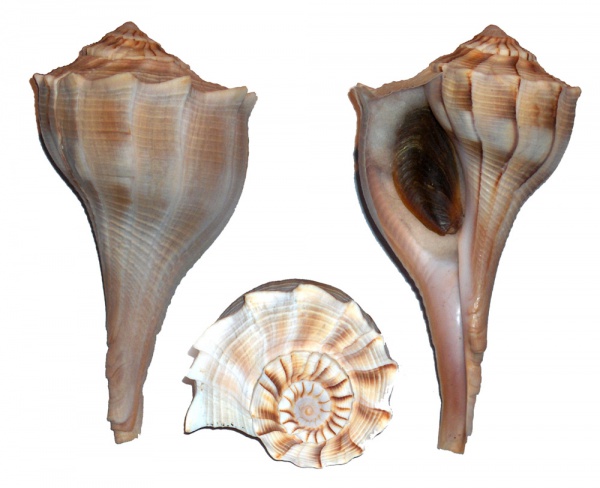Facts About Sinistrofulgur perversum
The lightning whelk, scientifically known as *Sinistrofulgur perversum*, is a fascinating sea snail commonly found in the southeastern parts of North America, including Florida and the Gulf states. This large, predatory snail belongs to the Busyconidae family and is easily identified by its unique left-handed (sinistral) shell.
One of the primary foods of the lightning whelk is bivalves. However, there has been some confusion surrounding its scientific name, often mistakenly interchanged with *Sinistrofulgur sinistrum* or even *Busycon contrarium*, which is actually a fossil species.
The lightning whelk shares some similarities with its close relative, the knobbed whelk (*Busycon carica*), but there are distinct differences. For example, they coil in opposite directions, have different spire heights, and vary in the development of their knobs. Additionally, they exhibit different daily habits and prefer varying depths when feeding.
Historically, Native Americans found numerous uses for the lightning whelk. They not only consumed its meat but also crafted tools, ornaments, containers, and jewelry, such as shell gorgets, from its shells. The sinistral shell held special significance in their cultures.

 Canada
Canada